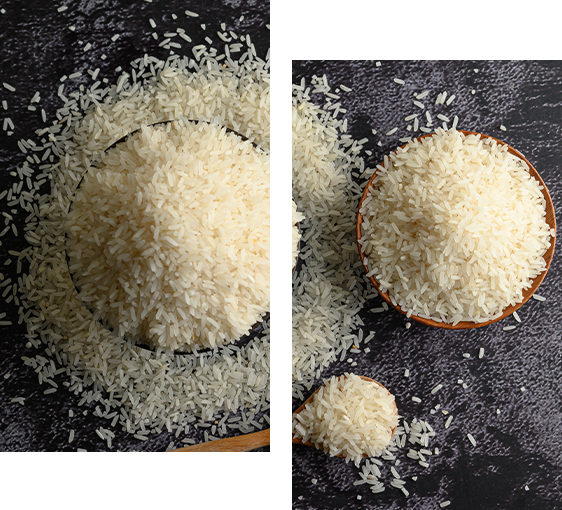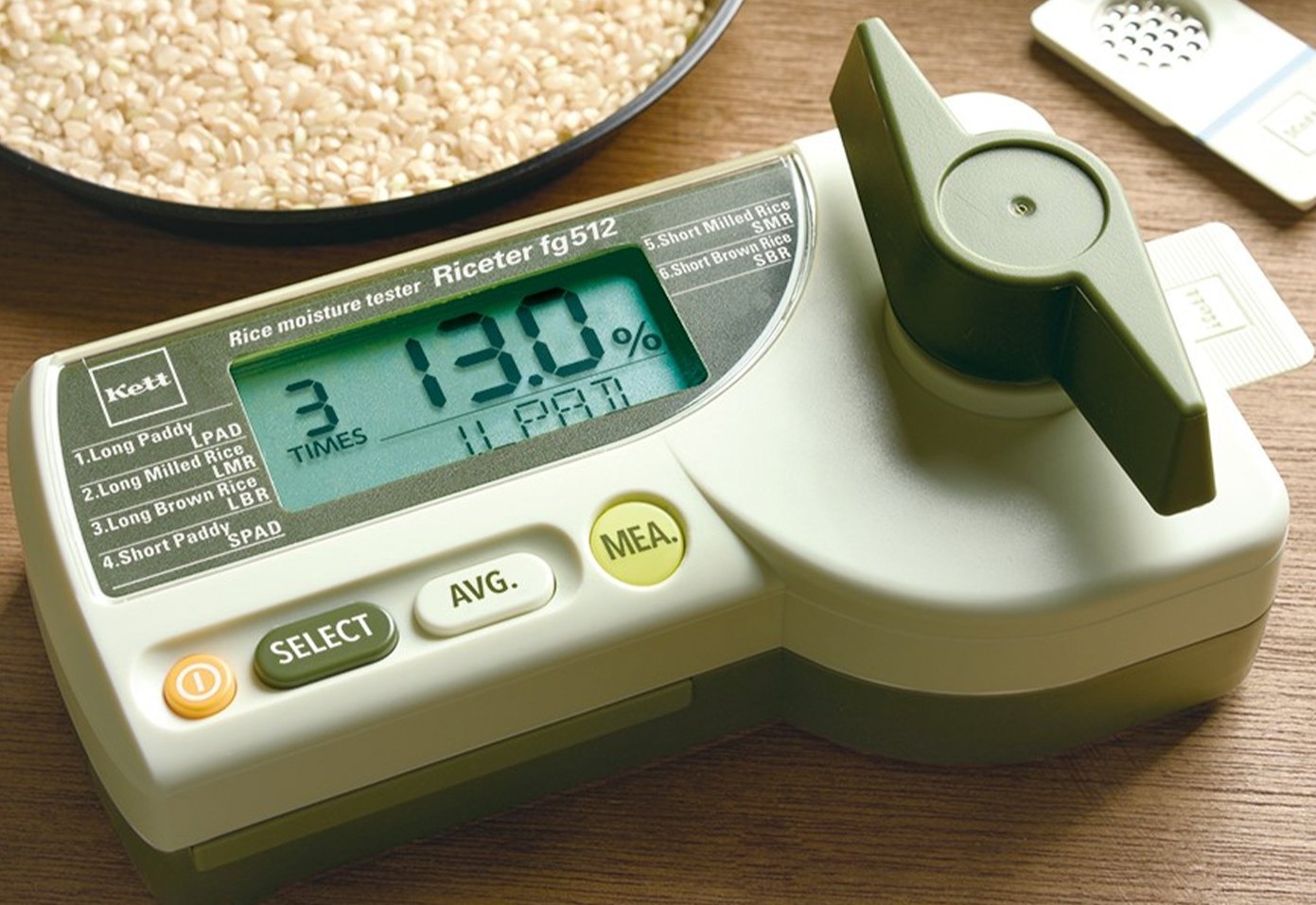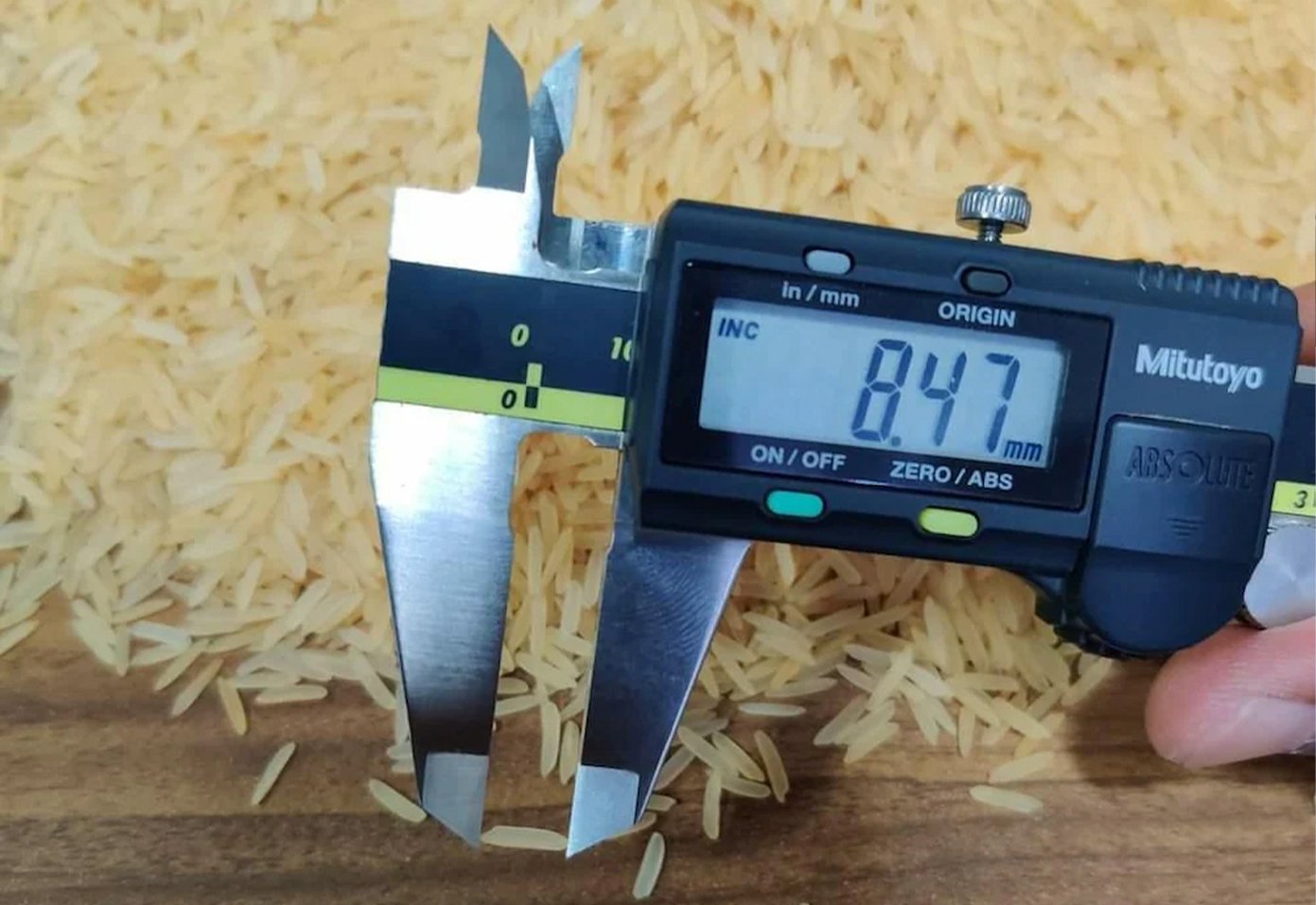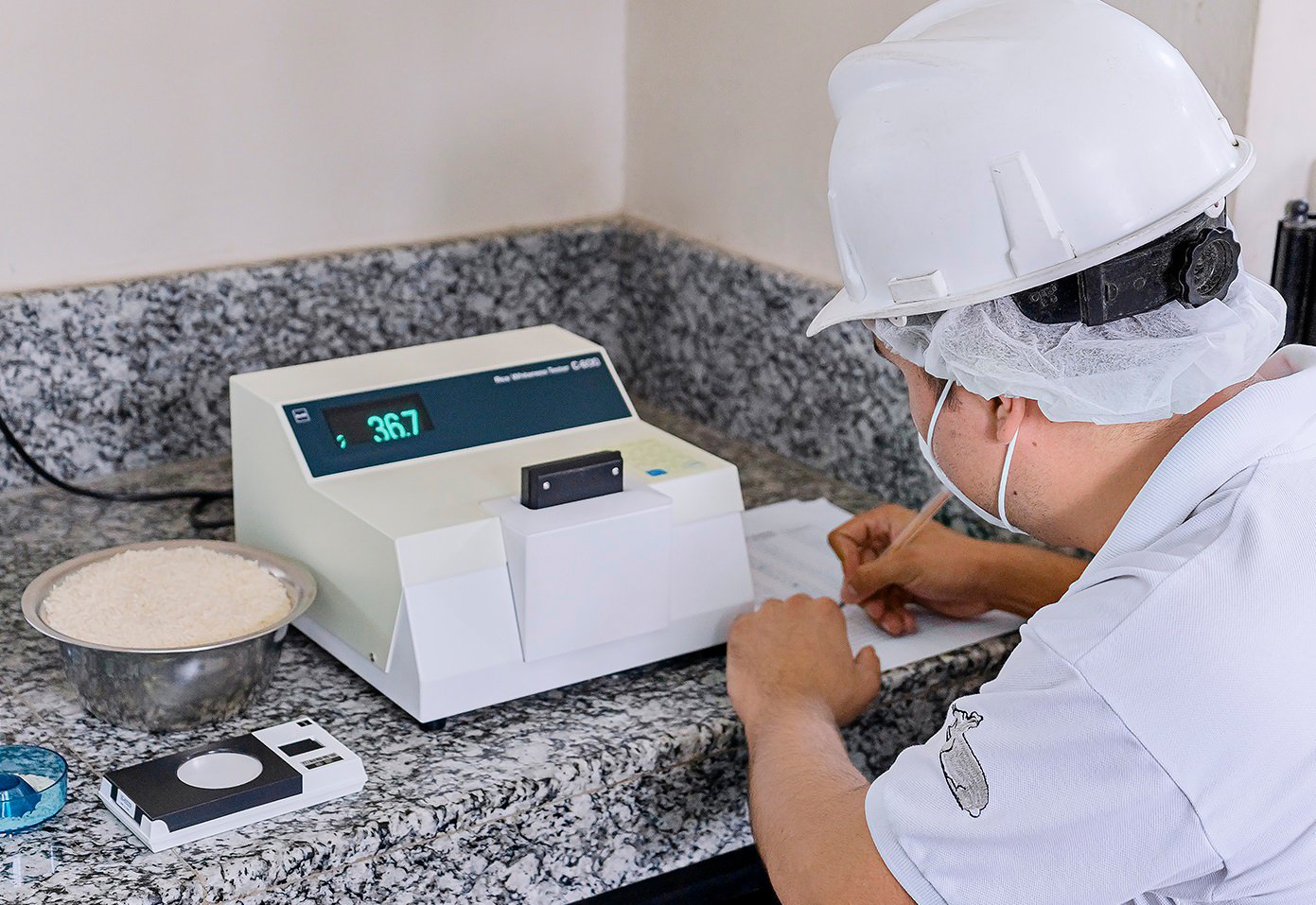Quality Control

Quality Control
Starting from purchasing to the whole process up to the sales undergo a number of quality checks.
Authorised representatives of our company travel extensively through the paddy fields during harvest season and care is taken to see that only the best available paddy is purchased. The paddy purchased is properly dried, transported and stocked in the paddy warehouses. In our hi-tech milling plant every stage conforms to the international standards and stringent guidelines of process control and meticulously checked at every stage to ensure uniformity of grain without destroying basic quality of grain. World class state-of-the-art modern computerised plant installed at HRM Exports has automatically controlled inflow and outflow system. Our plants are equipped with most modern Pre-cleaners, De-stoners, Precision-sizers, Graders, Paddy Separators, De- huskers, etc. Pre-cleaners, Magnets and Metal Detectors are used at various stages to ward off foreign material



At HRM Exports, maintaining stringent quality parameter controls is crucial to ensure that the exported rice meets international standards and customer expectations. Some essential quality parameters that are controlled during rice export include:
-
Grain Size and Shape : Rice grains should have a uniform size and shape, which is essential for consistent cooking and appearance in the final product.
-
Broken Grains: The percentage of broken grains is an important quality parameter. Customers often specify the maximum allowed percentage of broken grains in the exported rice.
-
Moisture Content: Controlling moisture content is critical to prevent mold growth and maintain the rice's quality during transportation and storage.
-
Foreign Matter and Impurities: Exported rice should be free from any foreign matter, such as stones, dust, husks, or insects.
-
Color and Appearance: The color and appearance of rice are significant factors in customer preferences. Exported rice should have a consistent, appealing visual appearance.
-
Cooking and Taste: The aroma and taste of rice greatly influence consumer satisfaction. Exported rice should have the characteristic aroma and taste associated with its variety.
-
Purity : Ensuring the purity of the rice variety is essential to meet specific customer demands and avoid mixing different rice types.
-
Packaging and Labeling: Proper packaging is crucial for protecting the rice during transit. Clear and accurate labeling helps customers identify the product's origin and specifications.
-
Pesticide Residues: Exported rice should comply with international regulations regarding the permissible levels of chemical residues, including pesticides and heavy metals.
-
Shelf Life and Storage Stability: The rice should have a reasonable shelf life, and its quality should remain stable during transportation and storage.
